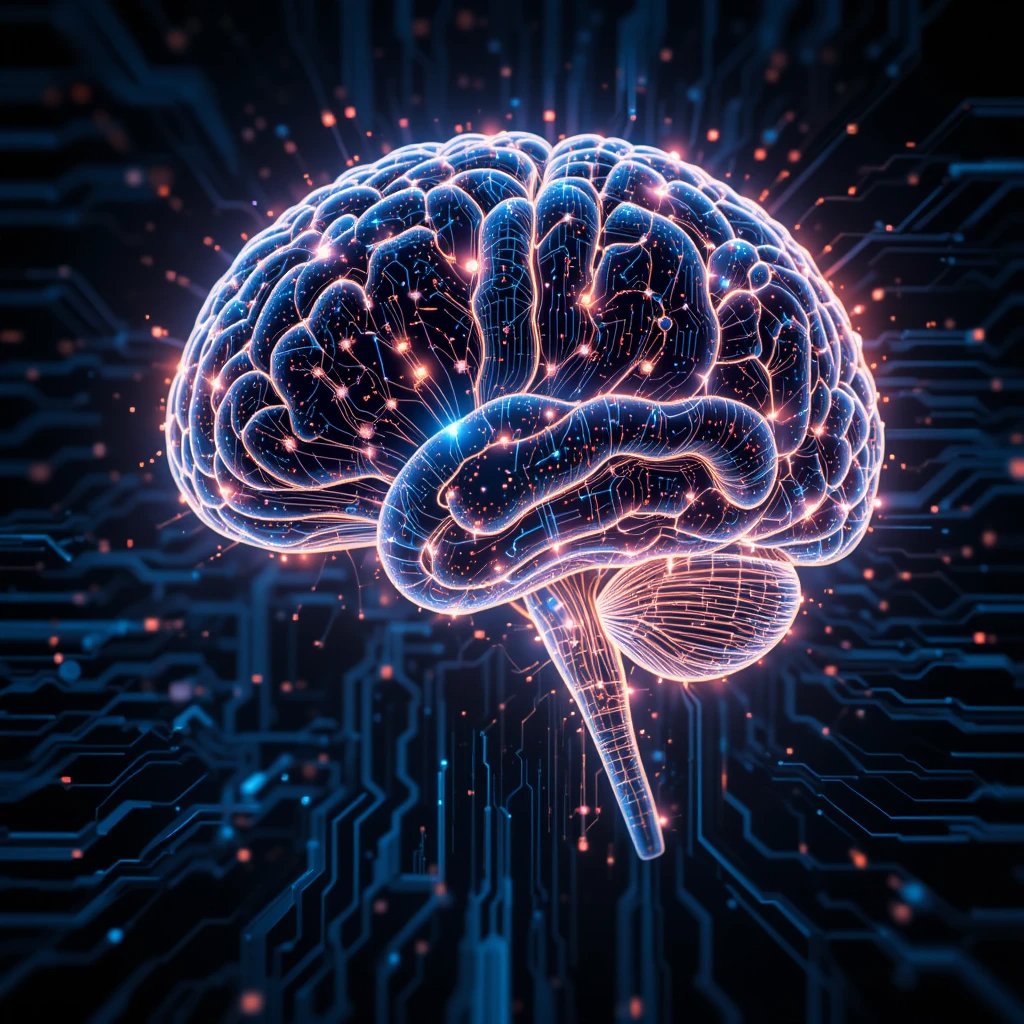The Rise of Smart Cities: Technology Shaping Urban Life (2025 Guide)

urban living with IoT, AI, 5G, sustainability, and intelligent infrastructure in this comprehensive 2025 guide.
Introduction
As urbanization accelerates, the demand for smarter, more efficient cities has never been greater. By 2050, over 68% of the world’s population will live in urban areas, according to the United Nations. To accommodate this growth, cities worldwide are integrating technology, data, and innovation to create “smart cities” — urban ecosystems designed to improve quality of life, sustainability, and economic growth. In this detailed 2025 guide, we explore how smart cities are evolving, the cutting-edge technologies behind them, and the challenges they face.
1️⃣ What is a Smart City?

A smart city uses technology, data analytics, and interconnected systems to optimize urban infrastructure and services. This includes:
-
Traffic management
-
Energy efficiency
-
Public safety
-
Waste management
-
Environmental monitoring
-
Healthcare and education
By leveraging Internet of Things (IoT), Artificial Intelligence (AI), and advanced communication networks, smart cities strive to enhance the daily lives of citizens while reducing environmental impact.
2️⃣ Core Technologies Driving Smart Cities
2.1 Internet of Things (IoT)
IoT is at the heart of every smart city. Millions of interconnected sensors collect real-time data, enabling city administrators to monitor air quality, traffic patterns, utility consumption, and public safety.
2.2 Artificial Intelligence (AI)
AI analyzes vast amounts of data collected by IoT devices to optimize city functions. For example:
-
AI-powered traffic lights reduce congestion.
-
Predictive analytics forecast energy usage.
-
Machine learning improves public service delivery.
2.3 5G Networks
5G provides the high-speed, low-latency connectivity required to support real-time data transfer for autonomous vehicles, smart grids, and emergency services.
2.4 Big Data and Cloud Computing
Massive data sets are stored and processed in the cloud, enabling seamless data sharing across departments and improving decision-making processes.
2.5 Blockchain
Blockchain offers secure, transparent transactions for digital identity management, land records, and even decentralized energy markets.
3️⃣ Key Features of Smart Cities

3.1 Smart Transportation
-
Autonomous Vehicles: Self-driving cars and buses reduce accidents and optimize traffic flow.
-
Smart Traffic Signals: AI-controlled signals adjust in real time to traffic conditions.
-
Shared Mobility: Ride-sharing, electric scooters, and bike-sharing reduce vehicle ownership and pollution.
3.2 Intelligent Energy Management
-
Smart Grids: Balance electricity demand and supply while integrating renewable energy.
-
Energy-Efficient Buildings: Use automated lighting, HVAC, and renewable power sources.
-
Decentralized Energy Production: Homeowners generate and sell surplus solar energy back to the grid.
3.3 Waste Management
-
Smart Bins: Sensors monitor fill levels and optimize collection routes.
-
Recycling Automation: AI sorts recyclable materials more efficiently than human workers.
3.4 Public Safety
-
Surveillance Cameras: Integrated with facial recognition and behavior analysis.
-
Emergency Response: Real-time monitoring of crime, accidents, and natural disasters.
3.5 Smart Healthcare
-
Remote Patient Monitoring: Wearables track vitals and alert doctors to anomalies.
-
Telemedicine: Virtual consultations reduce the burden on hospitals.
-
Predictive Analytics: Early identification of disease outbreaks.
3.6 E-Governance
-
Digital ID Systems: Simplify access to public services.
-
Online Portals: Allow residents to pay taxes, apply for permits, and submit complaints.
4️⃣ Top Smart Cities Leading the Way
4.1 Singapore
-
Nation-wide smart sensor network.
-
Predictive healthcare system.
-
Smart mobility platform integrating public and private transportation.
4.2 Barcelona, Spain
-
Smart streetlights and waste management.
-
Green energy-powered buildings.
-
Citizen participation through digital platforms.
4.3 Dubai, UAE
-
AI-powered police patrols.
-
Blockchain-based government services.
-
Autonomous taxis and drone deliveries.
4.4 Amsterdam, Netherlands
-
Open data platforms.
-
Smart grid integration.
-
Sustainable urban farming initiatives.
4.5 Seoul, South Korea
-
Digital twin city models.
-
Real-time traffic and weather monitoring.
-
Widespread 5G connectivity.
5️⃣ Benefits of Smart Cities
5.1 Environmental Sustainability
-
Reduced emissions through smart transportation and energy management.
-
Efficient resource use lowers waste and pollution.
-
Green spaces and urban farming improve air quality.
5.2 Economic Growth
-
Tech startups and innovation hubs create new jobs.
-
Improved infrastructure attracts global businesses.
-
Efficient services reduce government spending.
5.3 Enhanced Quality of Life
-
Shorter commutes.
-
Safer streets.
-
Accessible healthcare and education.
-
Greater citizen engagement.
5.4 Data-Driven Decision Making
-
Policies based on real-time information improve effectiveness.
-
Predictive analytics allow proactive problem-solving.
6️⃣ Challenges and Risks
6.1 Privacy Concerns
-
Constant surveillance raises ethical questions.
-
Data breaches could expose sensitive personal information.
6.2 Cybersecurity
-
Hackers may target critical infrastructure.
-
Strong encryption and security protocols are essential.
6.3 High Costs
-
Smart city development requires significant investment.
-
Public-private partnerships often necessary for funding.
6.4 Digital Divide
-
Not all citizens have equal access to technology.
-
Governments must address inequality to ensure inclusivity.
6.5 Regulatory Hurdles
-
Outdated regulations may delay technology deployment.
-
Global standards are still evolving.
7️⃣ The Future of Smart Cities: 2025 and Beyond
7.1 Hyperconnected Urban Ecosystems
By 2030, cities may operate as fully integrated digital organisms, where every device communicates with others for optimal efficiency.
7.2 AI-Driven City Governance
Artificial intelligence could manage everything from budget allocation to traffic control, optimizing services based on predictive models.
7.3 Climate-Resilient Cities
Smart infrastructure will be designed to withstand extreme weather events, rising sea levels, and other climate threats.
7.4 Decentralized Energy and Water
Microgrids and decentralized water recycling systems will make cities more self-reliant and sustainable.
7.5 Smart Agriculture
Urban farms powered by AI and hydroponics will provide fresh produce locally, reducing dependence on rural supply chains.
8️⃣ Smart Cities vs. Traditional Cities
| Feature | Smart Cities | Traditional Cities |
|---|---|---|
| Transportation | Autonomous vehicles, smart traffic | Traffic congestion, outdated public transport |
| Energy | Renewable integration, smart grids | Fossil fuel dependency |
| Public Safety | AI-powered surveillance | Reactive policing |
| Healthcare | Remote monitoring, telemedicine | Hospital-centric care |
| Governance | Digital services, citizen engagement | Bureaucratic processes |
9️⃣ Role of Citizens in Smart Cities
-
Active Participation: Engage through digital platforms to voice opinions.
-
Data Sharing: Consent to share data for optimized services.
-
Sustainability: Adopt eco-friendly habits supported by smart infrastructure.
-
Continuous Learning: Stay informed about evolving technologies.
10️⃣ Global Market Growth of Smart Cities
According to research firm MarketsandMarkets:
-
The smart city market is projected to grow from $750 billion in 2024 to over $1.2 trillion by 2030.
-
Sectors driving growth: smart transportation, smart energy, smart healthcare, and public safety.
Conclusion
The rise of smart cities marks one of the most significant shifts in urban development history. By blending cutting-edge technology with sustainable practices, smart cities offer solutions to the most pressing challenges of modern urban life. However, success requires careful planning, inclusive policies, and ethical data management. As we move into 2025 and beyond, smart cities will play a crucial role in building a better, more resilient, and equitable world for all.





